How to Get Started as a Pre-School Photographer
Whether it’s Pre-School, Pre-K, Kinder, Childcare or Nursery… just like ‘big-school’ they have special photos days when you send your kids in their cutest outfits and hope they stay clean for when the photographer arrives!
When we think back to our own experiences we probably remember formal backgrounds, stuffy lights and tight smiles. But NOW, well… just like many things, preschool photography has taken on a whole new life!
We’re talking candid, adorable pictures of preschoolers at play, with natural smiles and lots of fun and colour. For us as photographers, this is a growing niche and potential area that we can specialise in to earn an income from our skills.
Read on to find out what you need to become a pre-school photographer from our own Pam Bradford, plus Belinda Twist, the owner and principal photographer of Kinder Photos shared what you need if you want to start your own pre-school photographer business.
Why I Love Kinder Photography
It’s a no brainer! I turn up, play, shoot, laugh a lot, hand the card over to my employer at the end of the day, and go home. Done. And for those of us who work with portrait clients in our own businesses, you know how delicious that sounds!
What’s more, now and again a small person would attach themselves to me because somehow in the space of a few hours we make a connection.
And when that happens, I smile like this…
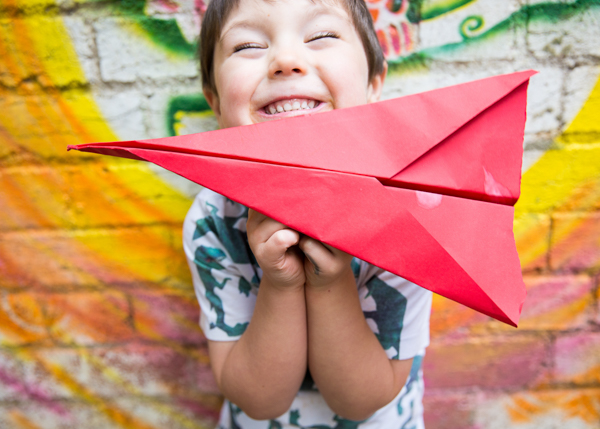
So How Did I Get Started with Preschool Photography?
I didn’t go chasing a preschool photography job. In fact it wasn’t on my radar at all, I only came to it when I fell into it. Well, technically I was dragged…
My friend offered me a job shooting for her kinder photography company. She talked about capturing a gallery of 25 images of each child in, oh about 15 minutes-ish. 25 keepers!
Me: “Are you crazy? That sounds like a nightmare… you couldn’t pay me enough to do that… I’m not good enough… I could never pull that off…” etc, etc. Paraphrasing, but that was the essence of my response.
My friend: “Ha! You can do it. I have these dates and these locations, pick one”.
She had known me a long time, and she already knew I’ll say no to anything if I’m not 100% sure I’ll be super awesome on my first day. But I decided to trust her and ignore my little voice of anxiety, and gave it a crack. I’m in my third year of shooting preschool photography now, and I love it.
Belinda Twist was the friend in question, and Kinder Photos is her baby. It’s a Melbourne based business providing photos to toddlers and kinders (pre-school) in early childhood education centres and daycares, and it’s just entered its fifth year of shooting. I asked her if she’d collaborate on this post and she jumped at the chance to promote this occupation to skilled photographers who love working with kids.
Grab yourself a nut free beverage, and settle in…
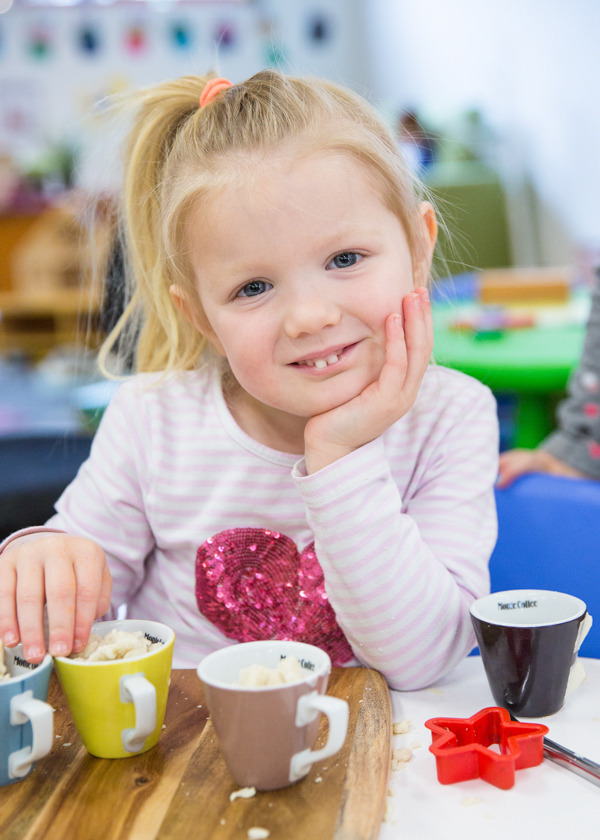
Gear You’ll Need For Preschool Photography
Full Frame DSLR and Zoom Lens
As a pre-school photographer you won’t have time to change lenses, so I don’t recommend working with primes.
For every child you need to capture images at play both wide and close up, and portrait photography, which obviously will require different focal lengths. Additionally, you need to get around 25 keepers in a short period of time so you don’t want to waste any time changing lenses! For those reasons a 24-70mm zoom or similar focal range to get that variety of shots is perfect. Kit lenses aren’t suitable for preschool photography because of the limitations with aperture.
Speedlight
I know what you’re probably thinking!
Natural light will always be my preference too, but sometimes we need to work in quite dark rooms, especially in winter.
So at those times, a speedlight and the skills to use it is essential!

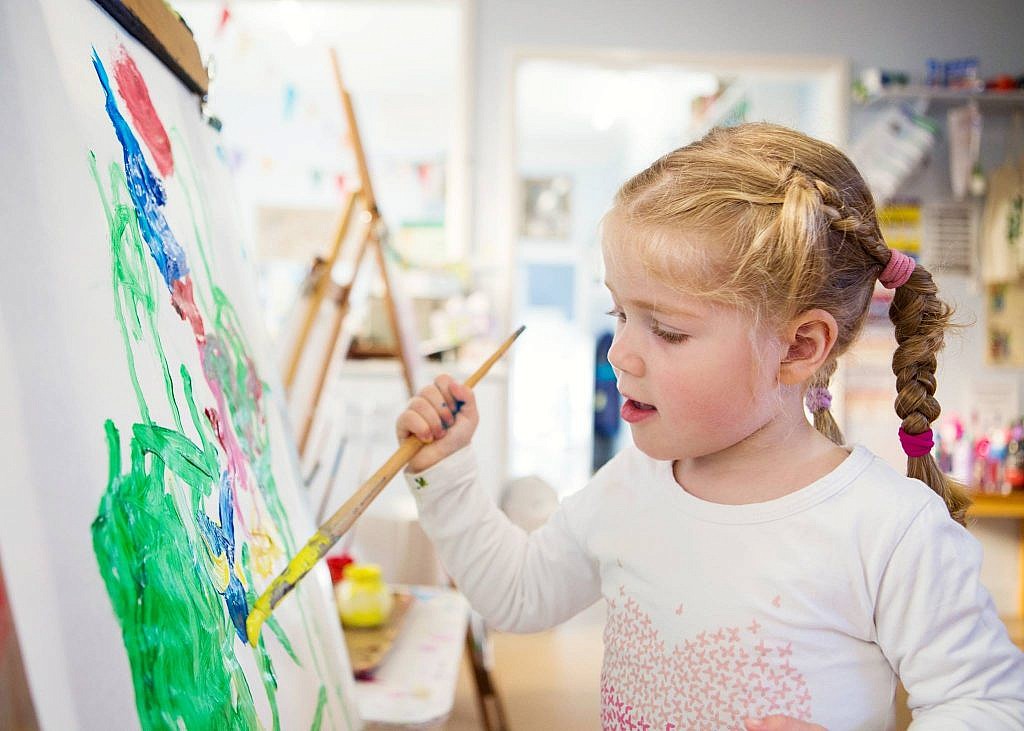
#Photo Tip – Using your Speedlight
Learn to use it in manual mode, as ETTL is too unreliable for shooting as fill light.
Bounce your flash for indoor shots, and use it as fill flash for outdoor shots, in both instances around 1/32 strength.
Use good quality rechargeable batteries. I’m not a battery snob normally… in fact I loathe spending money on brand name batteries. But when it comes to my speedlight, it makes a huge difference to the recycle time and that’s massively important in pre-school photography programs.
Have two sets of rechargeable batteries – always one set in the speedlight, and one set in your camera bag, fully charged and ready to go.
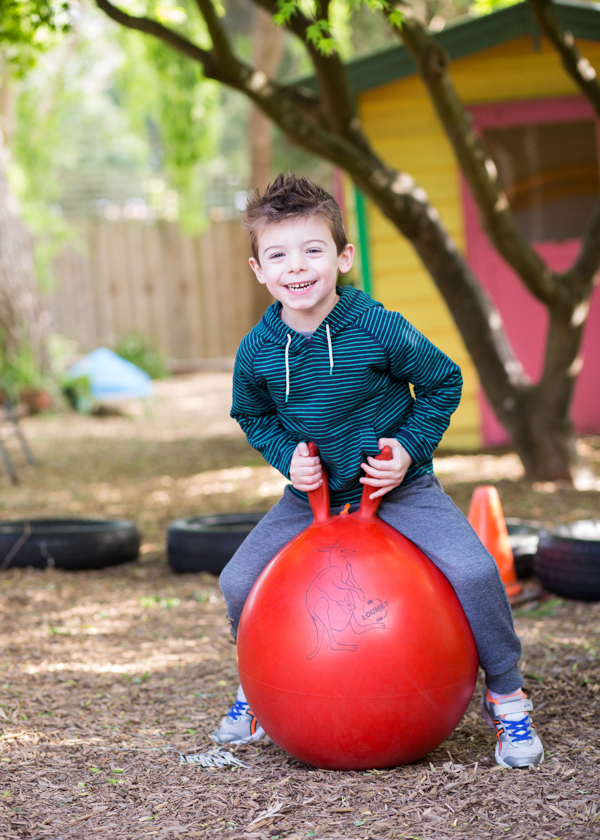
Memory Cards
When shooting preschool photography, I supply my photographers with cards at the start of the day, and they hand them back at the end of the day.
But if you work for someone who doesn’t supply your cards, I suggest having at least 64gb of cards for the one day – yes the one day!
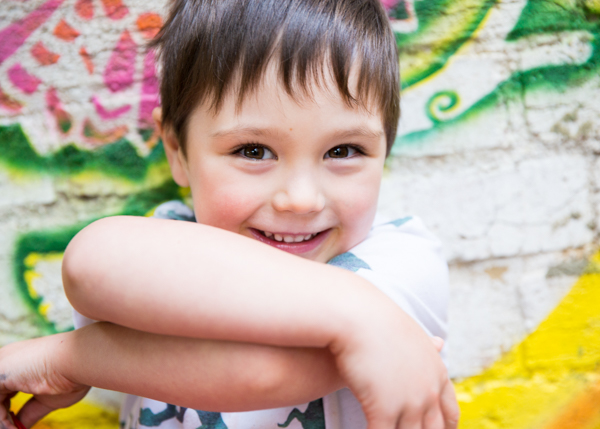
A Decent Camera Strap
I never worked with a camera strap until I started preschool photography. During a family photo session, I would put my camera down when I needed to be hands free. You don’t want to do that when there’s potentially 50 children running around!
Also, you’re shooting for 4-5 hours straight, minimum. Your hands will get sore, they need a break from holding the camera when you’re not shooting.
So with that in mind, invest in a good, strong and comfortable strap.
Skills You’ll Need
In any other family or child photography session you would have plenty of time to get the photos you need. You also get to control the light and background when you schedule the time and choose the location.
But you don’t have these luxuries in preschool photography! Pam once described this genre as “a baptism of fire” in that regard, but you can nail it as long as you have these fundamental skills firmly under your belt.
Technical Speed
Knowing your camera and settings is super important as you can be photographing a child in gorgeous soft light, and then have them move to another activity in full sun, requiring you to very quickly adjust your settings for good exposure.
You need to know your camera and the exposure triangle inside out so that you can do it without giving it much thought.
Related: What is the Exposure Triangle
#Photo Tip – What Settings are Best?
I shoot on AI Servo (Canon), high speed continuous burst mode at a shutter speed of minimum 1/800 when I’m catching kids coming down the slide, swinging, riding or running towards me.
When they’re not moving at high speed, I switch back to one shot focus and and normal burst mode because I find one shot focus more reliable.
Related: How to Capture Photos of Your Kids in Action
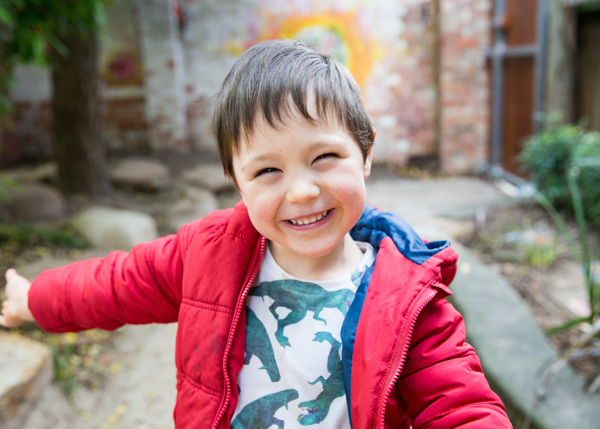
Advanced Knowledge of Light
Whenever I shoot preschool photography, I like each child to have a gallery containing images of 3-4 outdoor type activities (think slide, climbing frame, bike, car, etc) and at least one creative or indoor type activity (think drawing, puzzles, painting, etc).
As the photographer you can decide which activities you photograph based on the light, background environment, and the subject’s natural interests.
But you need to be able to scan a yard and room and find some sweet spots of light to help you formulate a loose shooting plan in your head.
#Photo Tip – Move activities into soft light
Often teachers will set up indoor type activities (think drawing, painting, puzzles) outdoors. If it’s in full sun, ask if you can move it to a shady and/or more attractive area. I always make it clear I’ll do the work required, and I’ve never had a teacher or an educator say no. I’ll also instigate moving an indoor activity outdoors if the room is so dark that evening using a speedlight will compromise quality.
Rocking horses, lightweight climbing frames and other similar small equipment can all be moved to soft light. Amen to that!!
Cars, bikes and scooters are the best for drawing kids easily into soft light.
Know How to Shoot in Full Sun
Some yards have no open shade at all and we’re often shooting in full sun.
So knowing how to position yourself around an activity to optimise the light and avoid hard light shadows on the children is essential.
#Photo Tip – How to Shoot in Full Sun
When you’re photographing families or photography clients, you can control the time and the location. But in preschool photography, this isn’t an option… which means we’re frequently shooting in full sun. But once I started shooting in this style I learned ways around it.
Find Open Shade
I’ve become an expert in finding pockets of open shade in an open yard at midday on a clear day!
- Cubby house windows, doorways and porches are my favourite;
- The space underneath climbing equipment;
- Just inside the door of the room;
- At the very edge of tree shade (watch out for dappled light!);
- Inside a climbing tunnel.
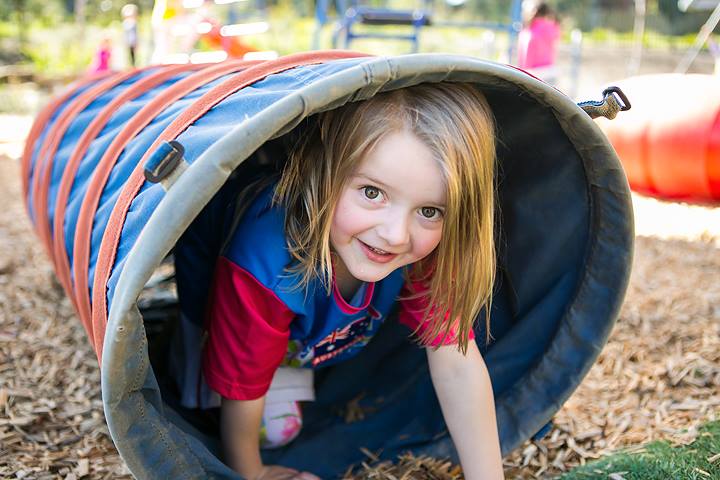
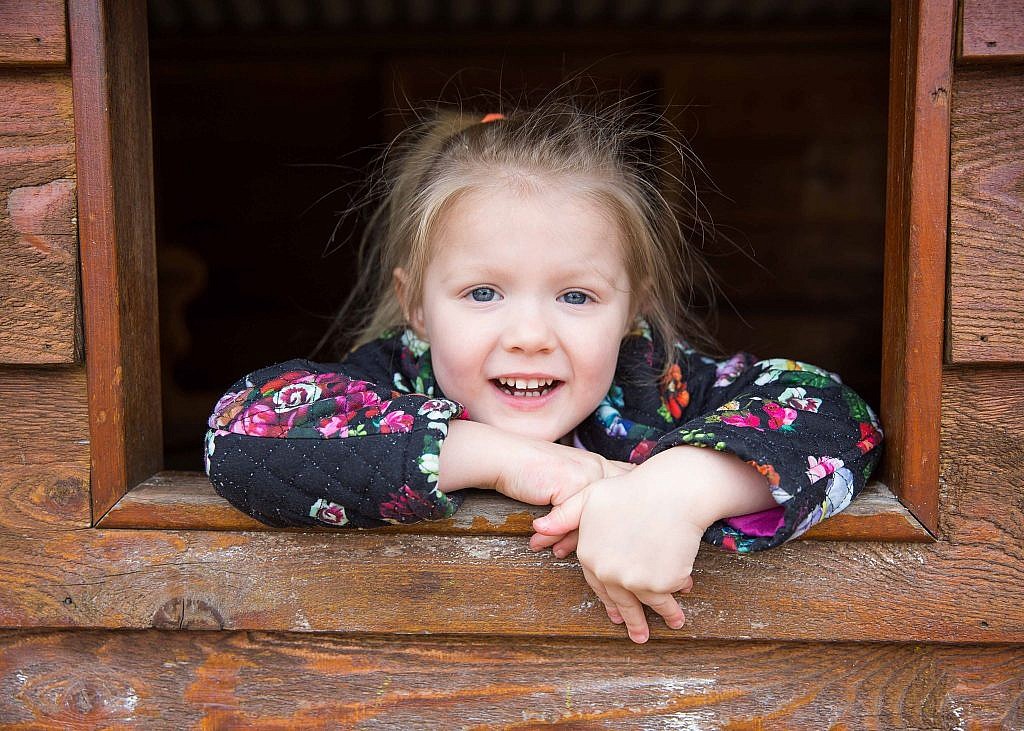
Shoot into the Sun
Ok this is portraits 101, but always make sure the sun is behind them so they’re not squinting. If this blows out your background, try to do it in areas where there are trees or gardens behind them to avoid dreaded clipped highlights if possible.
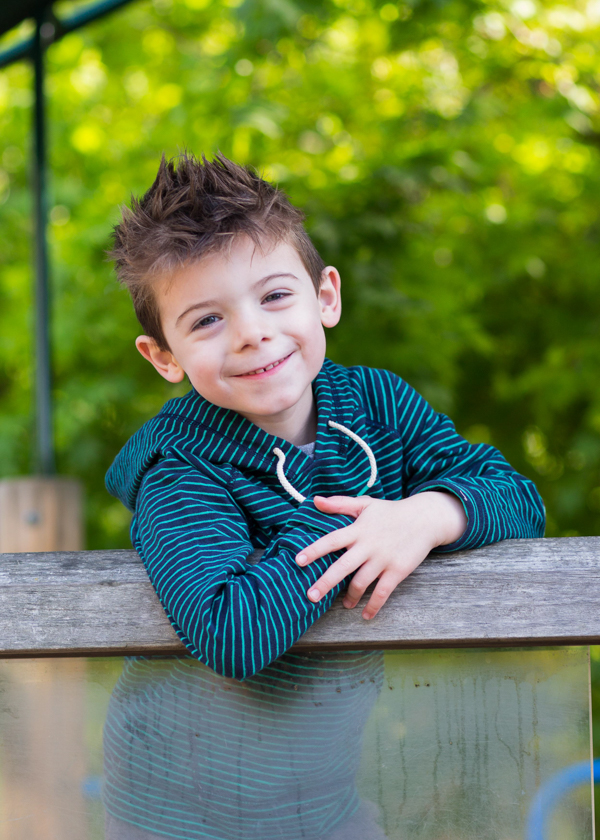
Be Flexible with Activities
As you can’t control the location or the sun, you can’t be rigid about the kind of activities you’re going to shoot. I avoid slide (or slippery dip) photos in full sun because the reflected colour is horrendous. If I’m lucky the sun might dip behind clouds but otherwise I won’t do them.
Vary Your Perspectives and Angles
Experiment until you can make the best of the light you have, eg. shoot down on children looking up at you from an activity.
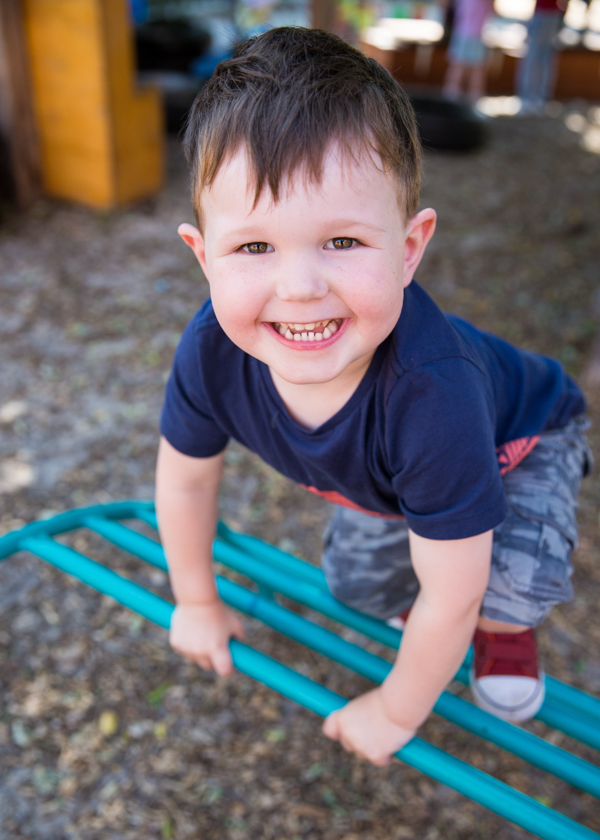
You Need an Ability to ‘See’
Attention to detail is so important in preschool photography, as it saves a lot of time in editing. Things to look out for are:
- Nappy change tables and changing centres
- Rubbish/Trash bins
- Messy hair or stray hair in eyes or mouths
- Lunch, dirt, snot or texta/paint on faces
- Dirty or messy clothing – kids always have spare clothes so if it’s particularly soiled, ask their educator if he/she can change the child
- Other children or educators in the background
A quick scan of the area and the child each time will save you (or the editor!) a lot of angst… there’s nothing worse than taking a bunch of great shots then realising your child has texta graffiti on their forehead!
You might think “how would I miss that?”. But when you’re working super fast, you’d be surprised what you don’t see!
Also, many preschools have fabulous mural walls… make the most of them!
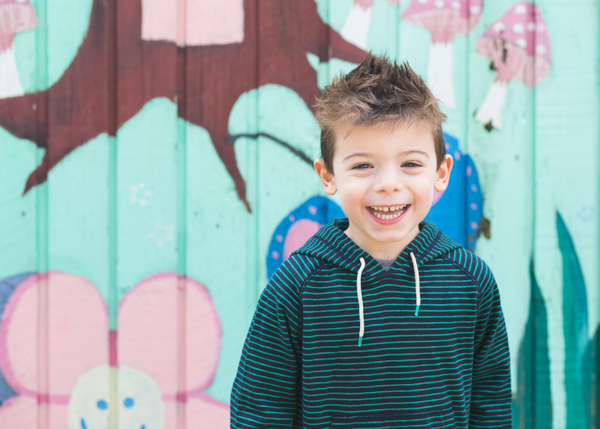
# Photo Tip – Composition Ideas
Just as on location family photography differs from studio portraits in that you don’t need to replicate a seamless backdrop, preschool photography differs from on location photography in that you don’t need to ensure a completely clutter free background.
These are pre-school photos and parents want to see their children photographed in context. They should be able to look back on those shots in 20 years and know immediately that was Fred at pre-school.
But it does need to be attractive, relevant and not too busy.
Play equipment in the background = good. Wheelie bins, the carpark, a nappy changing station – yeah but nah. I also make sure there are no other children or educators in the immediate background. That last one can be tricky! It takes a combination of adjusting your position to frame out other children, or asking them if they can move for a second. If I get a child that is consistently photo bombing another child’s shot, I’ll tell them I need an assistant and to come stand beside me. Works every time.
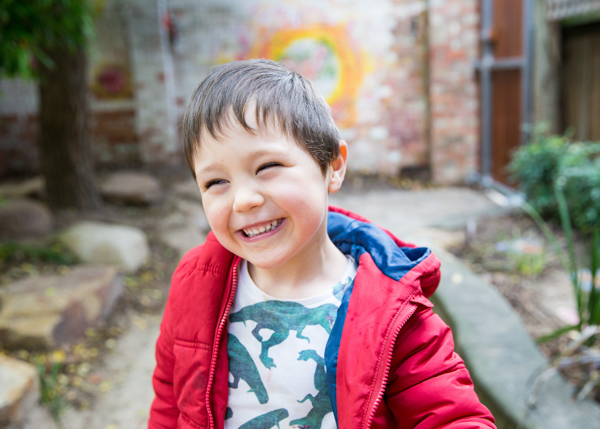
You Need to Be Able to Engage Kids
Along with a love of working with the under 5 set, an ability to engage them is number one!
Checking your ego at the door is a good idea… when a 3 year old doesn’t find your best joke funny, he will tell you and it can be crushing!
Being a goofball is a great skill to have, but it’s not essential.
A few great tricks up your sleeve that work to get kids smiling or laughing is all you need, and coupled with the ability to shoot fast, you’ll nail it.
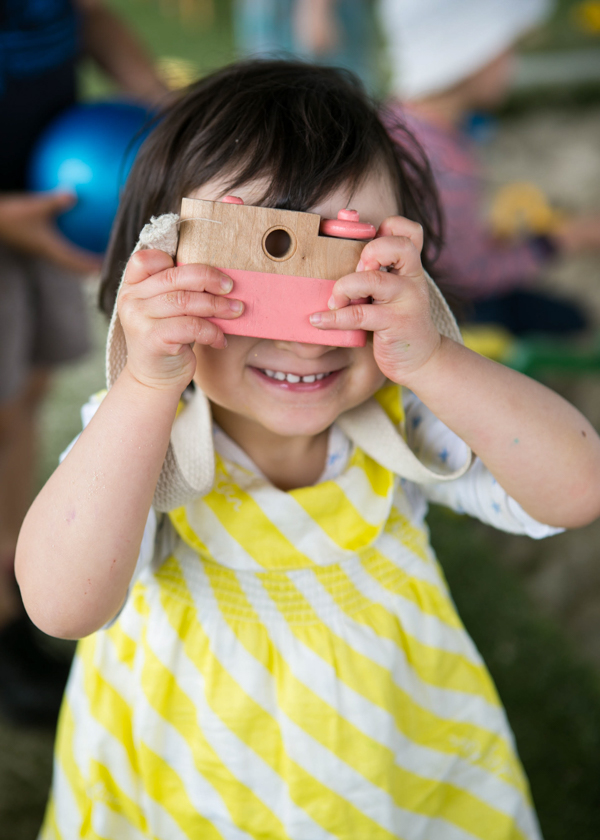
#Photo Tip – Ideas for Engaging Kids
Engaging kids quickly is the big kahuna of preschool photography, and my biggest learning curve so far… I’m still learning what works and what doesn’t!
If you’re already a family photographer, you have tools at your disposal that help win the child’s trust… time (at least an hour); prior knowledge of what the child is into; and lastly a buffer provided by parents – you’re a stranger, and the parents’ interactions with you tell their child without words that you’re someone they can trust.
But preschool photography is a whole different beast, and we have none of those benefits to get us off on the front foot. We have a very small window of time to win their trust, learn something about them, and help them relax so you can draw out relaxed poses and authentic expressions.

Arm Yourself with a Pocketful of Tricks
So you need some tricks up your sleeve, and you also need to remember all kids are different. What works for one in a heartbeat, can be an epic fail with another.
So it’s essential to be naturally intuitive… to figure out quickly whether you have a shy child or an extrovert. Try these:
- Introduce yourself and tell them why you’re here. The difference this makes astounded me. But think about it… a stranger walks into their room, and they’re all thinking “who are you and why are you here?”. So you answer that first up. This is the only thing I always do with every child regardless of their personality.
- Then break the ice with a compliment… “wow you have fabulous hair… Who did your braids?”… “your sparkly shoes are AMAZING where did you get them?”… “I LOVE your t-shirt, do you think they make dinosaur/unicorn/whatever t-shirts in my size?”
- Tell them you’re going to be taking some photos of them and ask them what they want to do. The benefits of this is two fold… they’ll naturally choose something that aligns with their interests, so straight up you’re getting authentic images. The second benefit is you’re giving them some creative control so they’re immediately interested, willing, and invested in the outcome.
- Okay so what happens if they choose an activity in full sun? Refer to my full sun tips! If nothing is working in that location, take a couple of quick snaps, tell them “wow I got the shots and they’re amazing! Let’s do something else!”, then encourage them to another activity in better light.
- Make ridiculous statements… eg. “what’s your name? My name is Sandwich”. “What did you have for breakfast? I had a milkshake with broccoli!”.
- When I’m photographing them in a reading corner, I’ll ask them to select their favourite book, then ask them to find me a specific character, which gets them engaged with the book. Then I’ll tell the story in a silly voice, or point at a cow and call it a dinosaur, which gets them laughing and engaging with my lens.
- Sing songs, and surprise them by singing them wrong… eg. “A B C D E F Monkeys!”
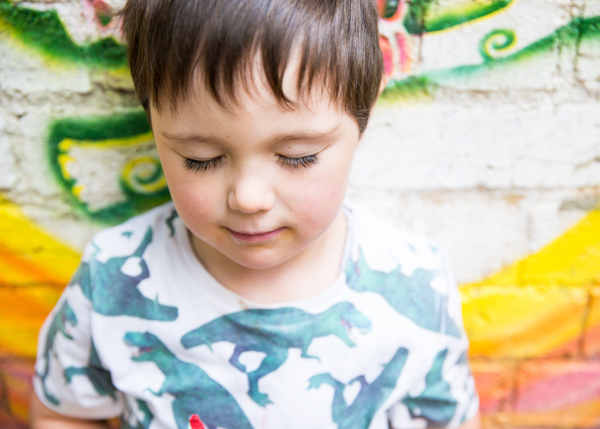
Engaging Shy Children
Softly softly, that’s how to do it.
Time is a huge priority in preschool photography, but better to allow the extra time a shy child needs to trust you, than to go in guns blazing, expecting them to respond in the same way as Mr. Confident, and end up getting nothing:
- Speak softer and slower. I’ll mindfully slow down and take a couple of minutes to sit with them at their chosen activity without taking any photos. I’ll quietly introduce myself, and talk about what they’re doing by asking open questions, until they start to engage. They often won’t answer, or they’ll answer only by pointing. But it’s a work in progress. If I get a sense they’re not yet ready for me and time is marching on, I’ll tell them I’m going to take some photos of some other kids, and I’ll come and look for you later ok? When I come back, I’m no longer a stranger.
- I’ll often take one photo then show them on the back of the screen… this would be my top tip for shy kids and it works for most. Often at that point they’ll start asking me to take more. Winning!
- Including their friend can work a treat, especially if their friend is not shy, or much less shy. Bonus is you’re then getting galleries for two kids in less time than it would take to photograph them individually.
It’s time consuming but you’ll make your time back with the extroverted kids because you can work a lot faster and they thrive on the energy.
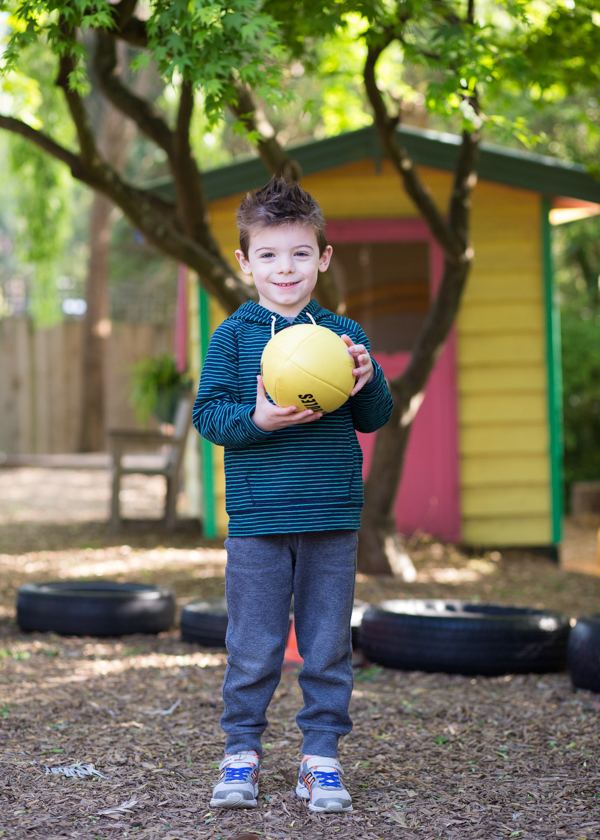
Keep Them Together
I highly recommend working with 2 or more kids as it offers loads of benefits:
- You’ll produce more galleries in a shorter time frame.
- Kids feel less awkward with you (a stranger!) when they have a friend to keep them company, and are usually more extroverted too.
- Reluctant or shy kids can be inspired to join in when they see their friends getting your attention.
- Reluctant kids who are competitive by nature can be inspired to join in so they too can show you how high they can jump, how fast they can pedal, how high they can climb, etc.
How many I choose to work with at once isn’t random, it’s dictated by their ages:
- 4-5yo – up to 4 kids. Any more than that becomes a party atmosphere which = crazy town.
- 2-3yo – 2 kids. Any more than 2 at once means each child is waiting too long for their turn to be photographed at each activity than their attention span allows, so you’ll be herding kittens.

Starting Your Own Pre-School Photography Business
If you love the idea of working professionally as a pre-school photographer so much that you’d like to work towards starting your own business… keep reading!
There will be some legal obligations and requirements to work in a Pre-School, regardless of where you live. The following relate to working in Victoria, Australia, but check the legal obligations for the state or country you work in.
Working with Children Permit
In Victoria the permit is a Working With Children Check (WWCC). You can obtain an application form from an Australia Post outlet, and you’ll need to provide a police check. Processing for both can be time consuming so allow at least 2-3 months.
Photographers Insurance
Once again check what’s required where you live, but in Victoria all centres require that both myself and my photographers have Public Liability Insurance. My photographers work for me as contractors, so my own PL insurance does not cover them.
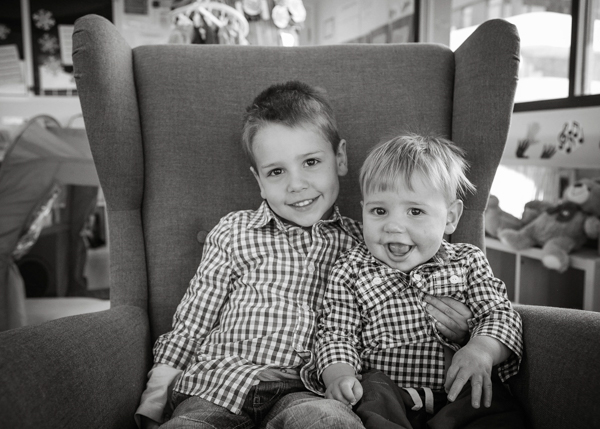
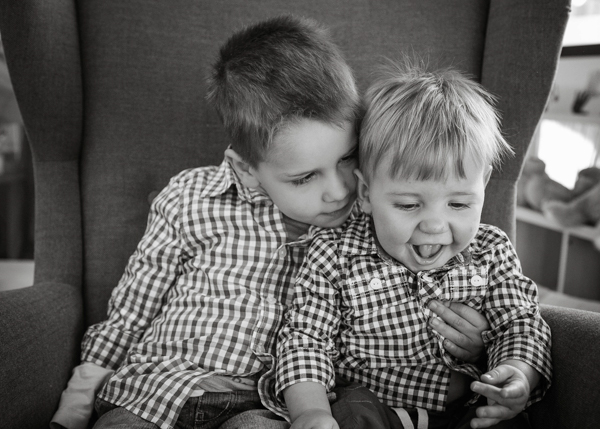
What Does a ‘Day in the Life’ Look Like?
All business owners will run things their own way, but here’s a little insight into how you can expect the process to unfold when shooting preschool photography at a centre Belinda.
Arrival
So that you can move from room to room seamlessly throughout each day, it’s important you know the layout of the centre. It also helps to know who the class leaders are!
Your first day will start with a quick tour of the centre so Belinda can show you each room and introduce you to the school director and the educators. You’ll try to identify some sweet spots for light, and probably check out each room’s outdoor area too.
Prioritising
Each morning she’ll give you a list of children she needs you to photograph, and what room they come from.
The number one goal is ensuring you capture each child on the list. But you can’t simply work through the list from top to bottom, as you need to work around children’s sleeps, meals and activities. So prioritising children and rooms based on their different routines is essential.
Belinda will ask the educators to identify each child on the list for that day, and she’ll also clarify their routine so that all shooters can prioritise children and rooms.
Timing
Most centres have the same program, and virtually shut down in the afternoon. That means rooms are either sleeping, eating, having quiet time, or children are simply getting tired and not conducive to being photographed.
For that reason, at most centres Belinda starts early and finishes by around 1-2pm, giving you a window of only 4-5 hours to capture the children on the list. This is why prioritising at the start of the day is so important.
Shooting Method
Belinda likes to work quite loosely, and photograph children ‘on the fly’. This means she might work with more than one child at a time, and go back and forth between children, capturing their gallery here and there.
However some photographers prefer to shoot more methodically, by working with the same child or children until they have their complete gallery.
As long as you created a complete gallery at the end of the week it doesn’t matter how you get there!
Identifying Who’s Who
When Belinda gets back to the office, she immediately downloads her images and renames each image using the child’s name. This means she needs her photographers to identify the children throughout the day in a way that helps her match names with photos. Each preschool photography business will have their own way of doing it.
Belinda asks her photographers to write the child’s name on a piece of paper, ask them to hold it front of them and take their first shot. As a bonus, with older kids this is a great icebreaker as you write their name down, show them and ask them what it says. They love seeing their name written down and are very proud when they show they can read it!
Sometimes they wear hats with their name on them, and that’s a great way to ID too… just take that first shot with their hat on!
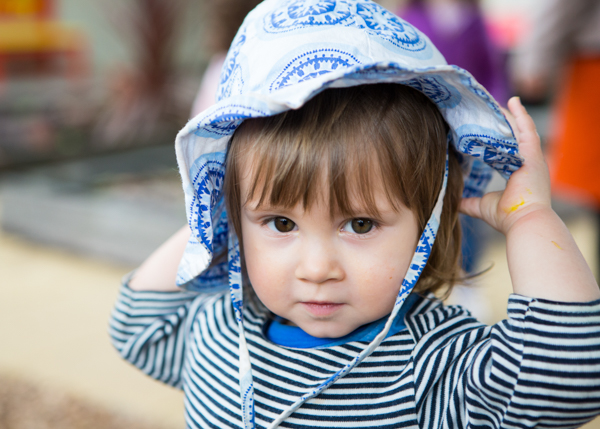
Let’s Chat Confidence
Be kind to yourself when you’re starting out with preschool photography!
It takes a bit of time to be able to work at speed and still deliver the beautiful images you’re used to producing in circumstances where you have the luxury of time or already know the child. It can also take time to find the tricks that work to engage kids quickly.
But as time goes on, it will happen, and your confidence will grow with it.
Belinda factors this into account when she’s trialling a new photographer. Whilst she needs you to have advanced technical and light skills, she doesn’t expect you to be fast as the more experienced pre-school photographers.
The most important thing is to have fun! If you’re not having fun, the kids will pick up on it.
Once you learn some tricks, get used to the logistical aspects, and gain some confidence, it’s a fun gig. You’ll find yourself skipping home from work because a little person adopted you and drew you a crayon masterpiece to take home.
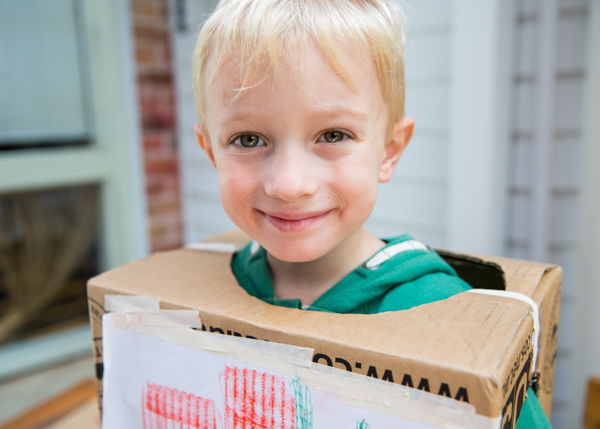
Why Is It So Much Fun?
In closing… when I first started with the preschool photography genre I had an all consuming fear!
After my very first day I think I even felt like crying, and I definitely had a wine when I got home! I wasn’t that great at it and my confidence took a beating.
But within a few days I realised I was expecting way too much of myself. I decided to trust that if I just gave it time, I would learn some tricks, get faster, and better… and my confidence would return.
And I was right.
Now I enjoy the thrill that comes from drawing out real smiles and candid happy moments from children who just met me. I get to go home satisfied I achieved something in challenging circumstances.
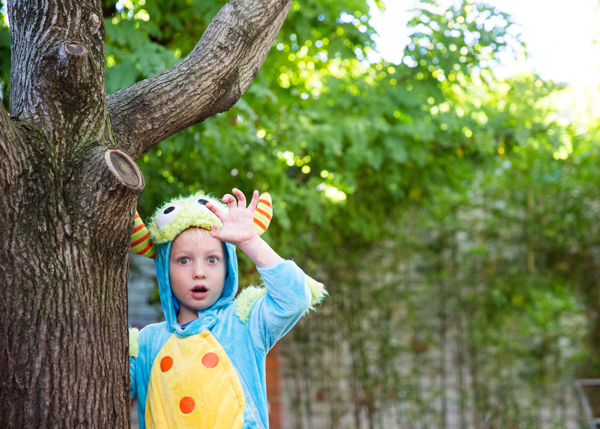
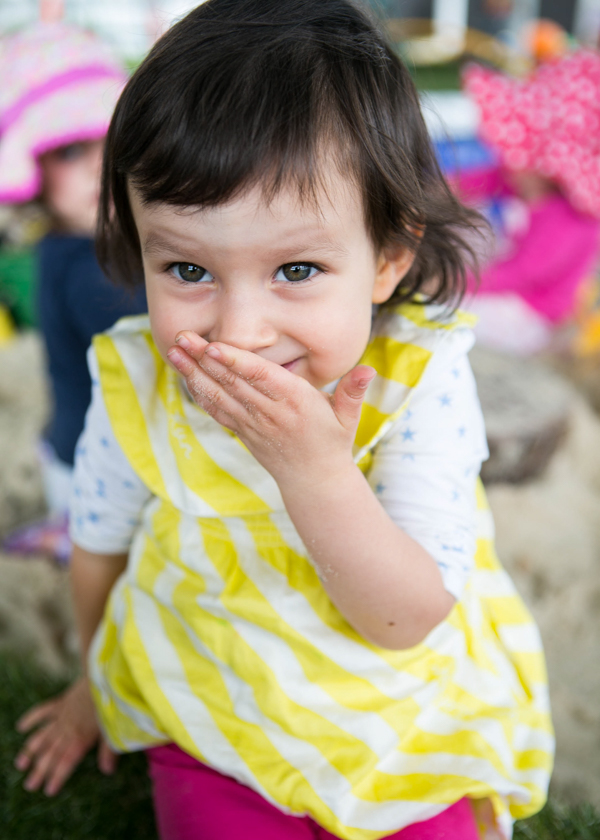
So, give it a go, and if it feels too challenging, go easy on yourself until you get over the hump. Oh and that whole 25 images in 15-ish minutes? It’s not as hard as you think.
One activity – portrait shots, landscape shots, wide, close up, done, next activity. Easy peasy!
A BIG thank you to Belinda Twist who collaborated with us to create this post on preschool photography. I hope you found it helpful!
Looking for a photographer for your kindergarten, pre-school or early childhood education centre in Melbourne, Australia? Get in touch with Belinda at Kinder Photos.
Join my new workshop and learn How to Shoot Pro-Quality Photos With Your DSLR… and it’s totally FREE to join! Register here…
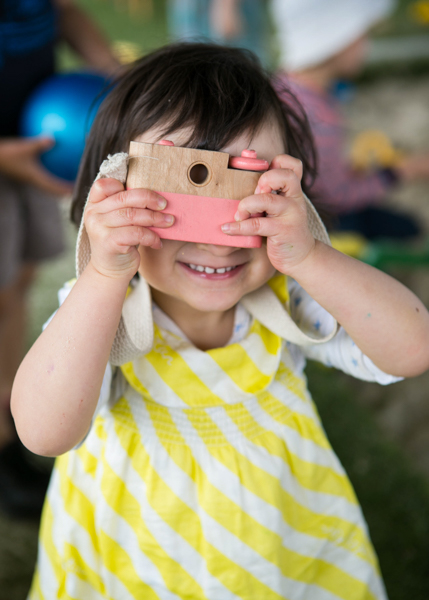
Leave a Reply Cancel reply
PRIVACY POLICY & SITE TERMS AND CONDITONS
CLICK LOVE GROW ™ Pty Ltd - COPYRIGHT 2024 ©
x
Join Now
Enter your info below to join the challenge!
Want a friendly reminder when I go live?
Pop in your number and I’ll shoot you a text.
* We will send text reminders for our live calls during the challenge! Reply ‘STOP’ to end or ‘HELP’ for help.
We promise not to ever share your details with anyone or send you spam! Check our privacy policy and terms of service.

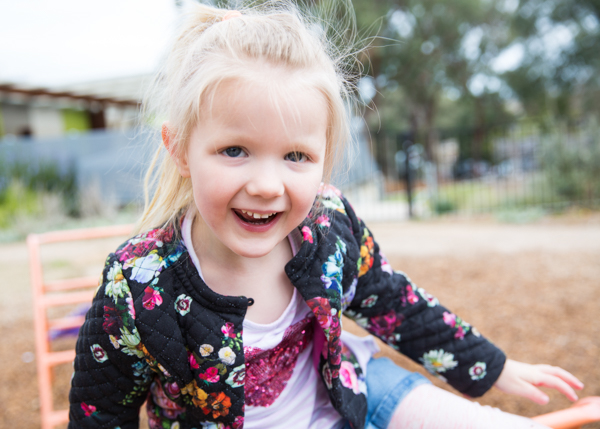
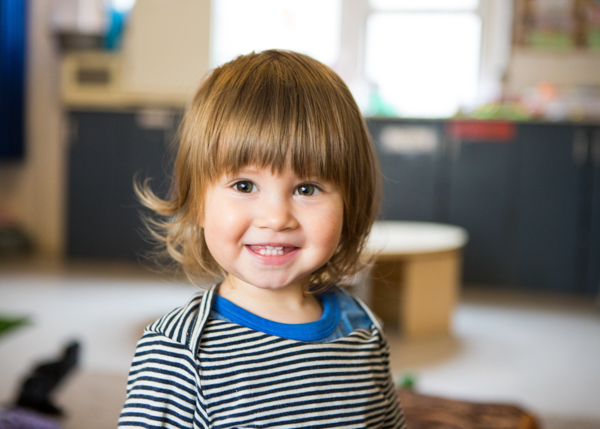
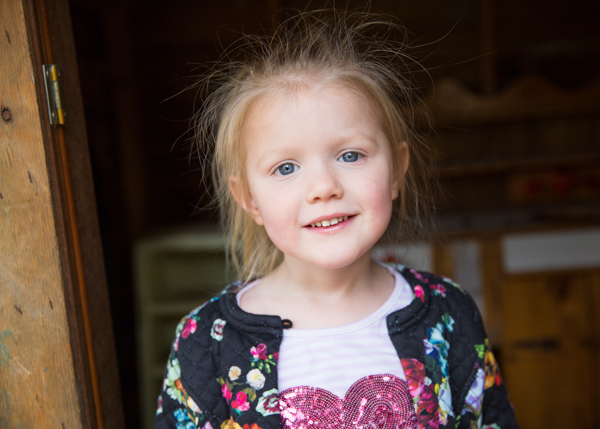
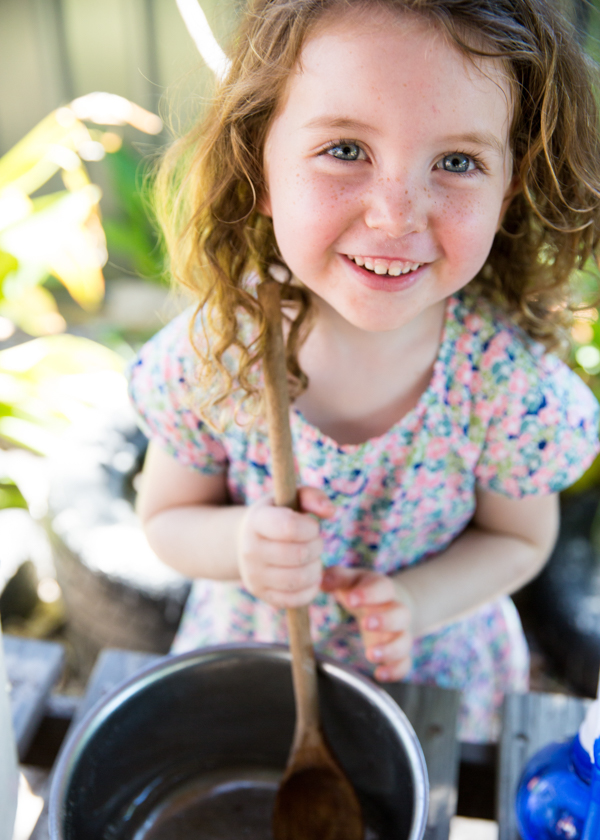
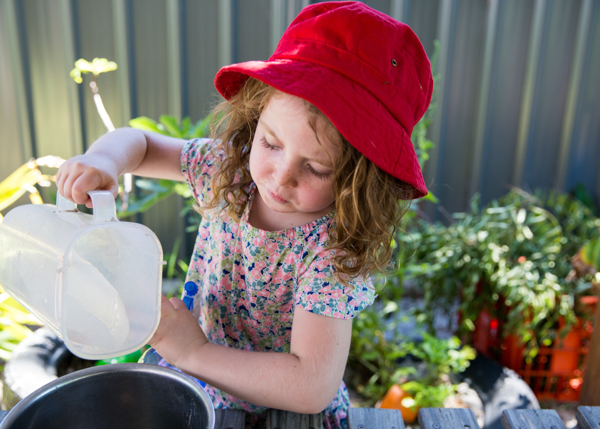
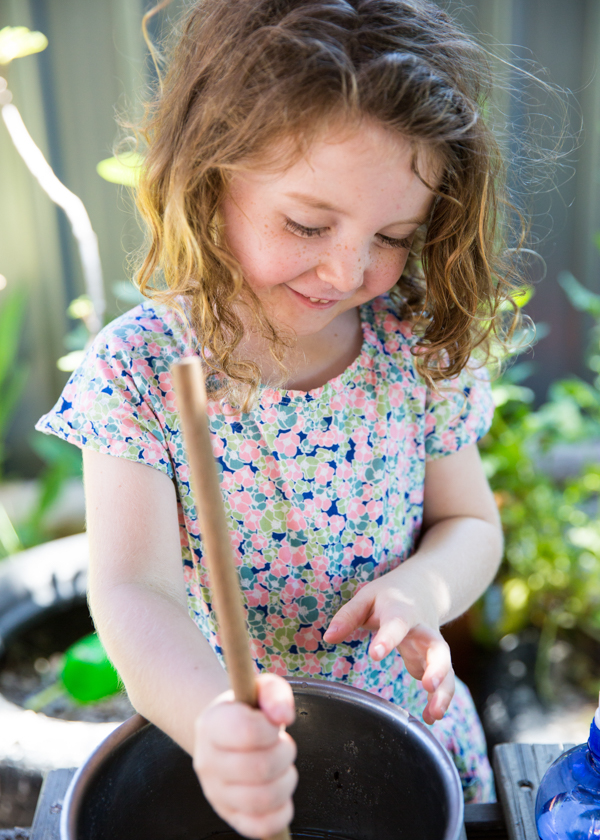
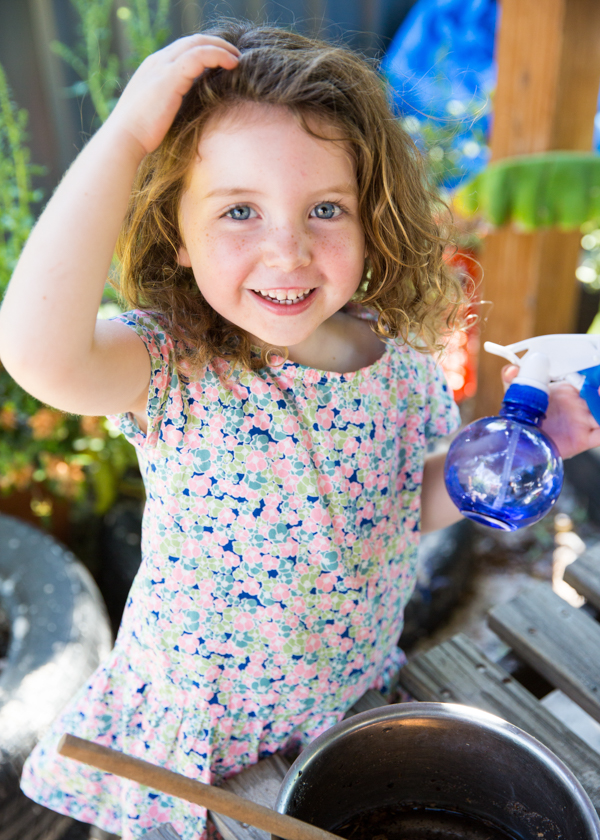
Be the first to comment